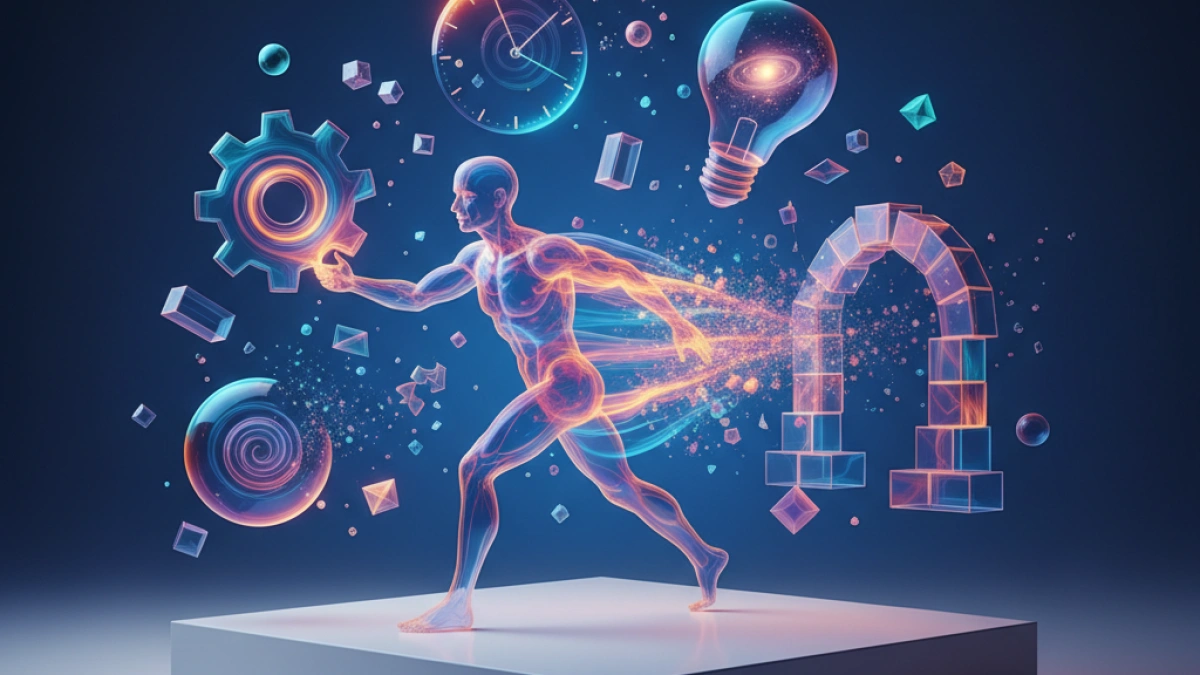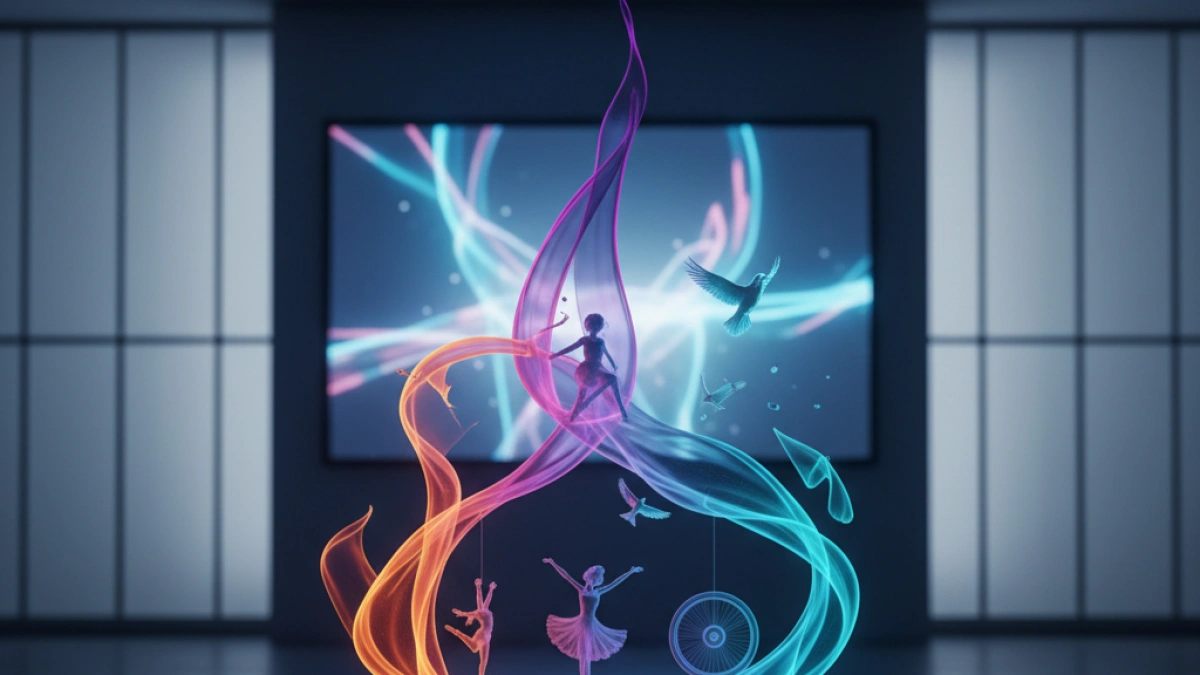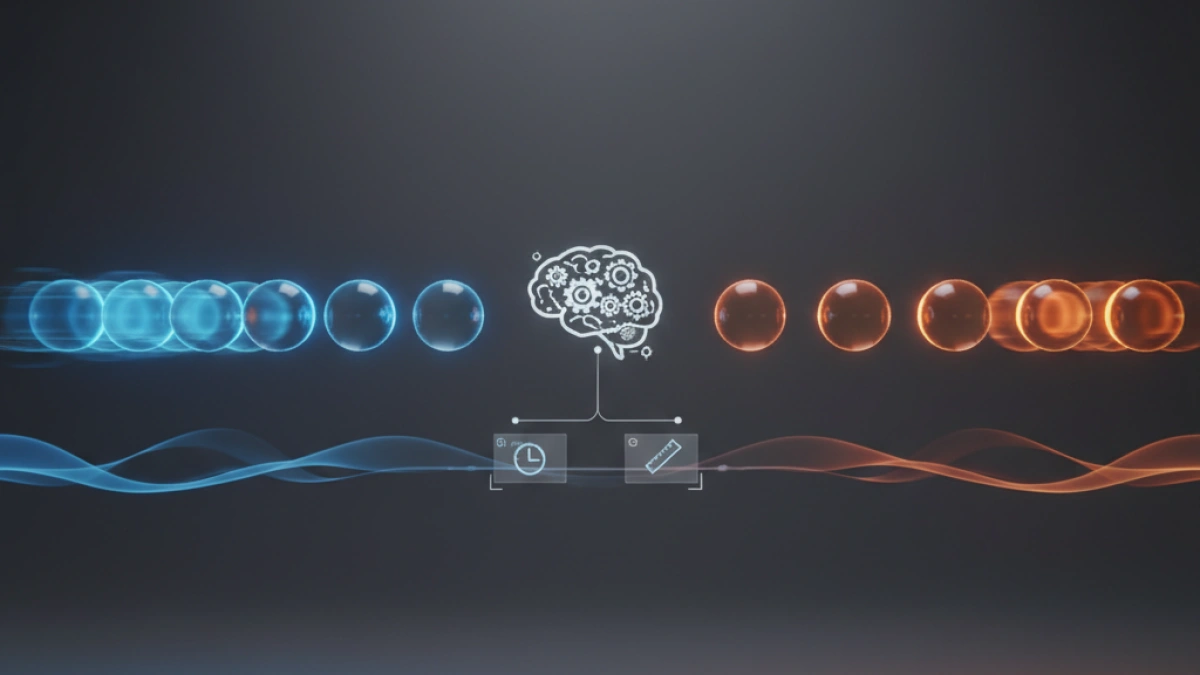Most important animation concepts


Animation is a form of digital art and expression that has evolved significantly over the years. From the early moving images to computer animation, this medium has captured the imagination of millions. In this article, we will explore the most important concepts of animation, which are fundamental for both beginners and experienced animators.
What is Animation?
Animation is the process of creating the illusion of movement by displaying images or frames in rapid succession. This technique can be used in a variety of media, including films, videos, video games, and advertising.
History of Animation
The history of animation dates back centuries. The earliest forms of animation were simple, such as the zoetrope and the praxiscope, which were mechanical devices that displayed images in sequence. With the advent of cinema in the 20th century, animation has evolved into more complex and sophisticated techniques.
Basic Principles of Animation
There are several basic principles that are essential for understanding how animation works. These principles were established by Disney animators in the 1930s and remain relevant today.
Read also
1. Anticipation
Anticipation is a principle that involves preparing the viewer for an action that is about to occur. This can be a movement of a character before jumping or a focus on a face before an explosion. Anticipation helps to build dramatic tension.
2. Scale
Scale refers to the size of objects on the screen in relation to one another. A subtle change in scale can give the impression that an object is near or far away. This principle is crucial for maintaining perspective.
3. Stretch and Squash
This principle refers to how objects can appear to stretch and then compress during movement. It is particularly useful for animating characters in a way that makes them feel more alive and realistic.
Types of Animation
There are several types of animation, each with its own set of techniques and styles.
1. 2D Animation
2D animation is the most traditional form of animation. It is created by producing two-dimensional images that are sequential. Programs like Adobe Animate and Toon Boom Harmony are popular for this type of animation.
2. 3D Animation
3D animation involves creating three-dimensional images using specialized software such as Blender, Maya, and Cinema 4D. This type of animation allows for greater complexity in movements and the interaction of characters with their environment.
3. Stop Motion
Stop motion animation is a process in which photographs of real objects are taken, which are moved slightly between each shot, creating the illusion of movement when the images are played in sequence. This style has a unique look and is represented in works like The Nightmare Before Christmas.
Tools and Software
In today's world, animators have several tools and software that make their work easier. Some popular tools include:
Adobe After Effects
This software is extremely popular for animation and visual effects. It allows for the creation of complex animations and is used in both film and advertising.
Blender
Blender is a free and open-source software that enables the creation of 3D animations. It is widely used in the industry and has strong community support.
Toon Boom Harmony
This is software specialized in 2D animation. It is used by animation studios worldwide and offers a complete set of tools for creating cartoons.
Challenges of Animation
Although animation is an exciting medium, it also presents several challenges:
1. Time and Resources
Animation is a process that requires time and effort. Creating each frame can be labor-intensive, and often, a large team is necessary to complete larger projects.
2. Technical Complexity
The use of advanced software can be daunting for beginners. Mastering all the tools and technical concepts can take time and practice.
3. Creativity
Animators often face the challenge of being original in a saturated medium. Creativity and innovation are crucial for standing out.
Conclusion
Animation is a fascinating and continuously evolving field that has captured the imagination of generations. By understanding the basic concepts, types of animation, and available tools, both beginners and professionals can take their first steps into this exciting world. Whether you prefer 2D or 3D animation, the key is always to keep learning and experimenting to find your own style.
Remember that practice and patience are essential in this process, so keep your passion for animation alive!
We hope this article has provided you with a solid foundation on the most important animation concepts. Keep exploring and creating!

















